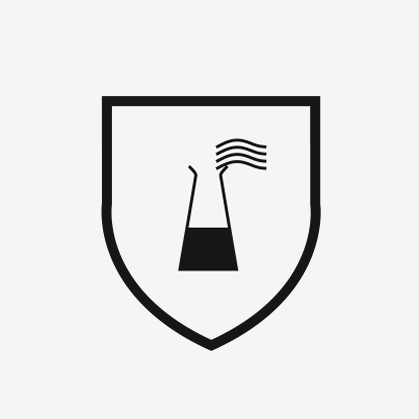
EN ISO 374-1: 2016
Chemical protective gloves
Three test methods:
- Penetration test according to EN 374-2: 2014
- Permeation test according to the standard EN 16523-1: 2015 which it replaces
the standard EN 374-3
- Degradation test according to EN 374-4: 2013 standard
|
Type of glove |
Requirement |
|
Type A |
Waterproofing ( EN 374-2) |
|
Type B |
Waterproofing ( EN 374-2) |
|
Type C |
Waterproofing ( EN 374-2) |
Degradation test
(Alteration of the physical properties of the glove in contact with a chemical product) according to the standard EN 374-4: 2013
In order for a glove to be declared suitable for protection against a chemical on the list, permeation and degradation tests must be performed.
The results of the degradation test must be declared in the information note.
Six new chemical elements have been added to the list:
|
Code letter |
Chemical Agent |
Class |
|
A |
Methanol |
Primary alcohol |
|
B |
Acetone |
Ketone |
|
C |
Acetonitrile |
Nitrile |
|
D |
Dichloromethane |
Chlorate hydrocarbon |
|
E |
Carbon disulfide |
Compound of sulfur |
|
F |
Toluene |
Aromatic hydrocarbon |
|
G |
Diethylamine |
Amines |
|
H |
Tetrahydrofuran |
Ethers |
|
I |
Ethyl acetate |
Ethers |
|
J |
N-Heptane |
Saturated hydrocarbon |
|
K |
Sodium hydroxide 40% |
Inorganic base |
|
L |
Sulfuric acid 96% |
Inorganic mineral acid, oxidant |
|
M |
Nitric acid 65% |
Mineral acid |
|
N |
Acetic acid 99% |
Organic acid |
|
O |
Ammonia 25% |
Organic base |
|
P |
Hydrogen peroxide 30% |
Peroxide |
|
S |
Acido fluoridrico 40% |
Inorganic mineral acid |
|
T |
Formaldeide 37% |
Aldehyde |

